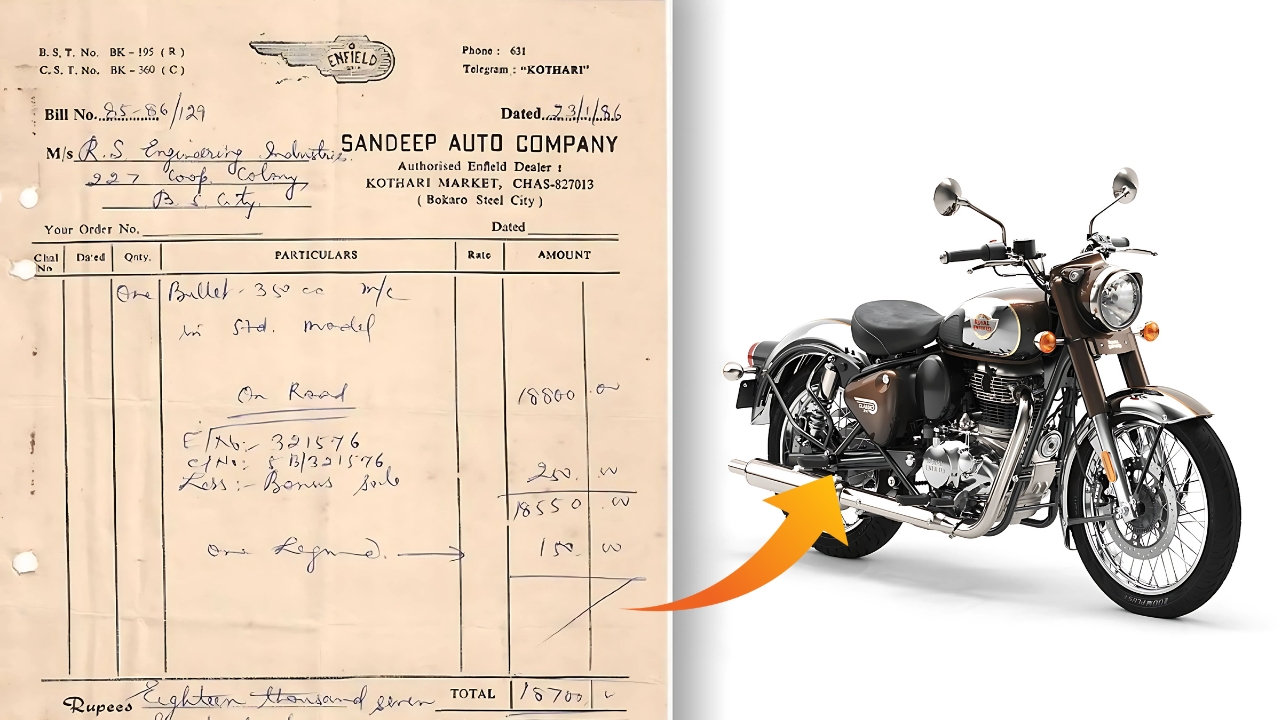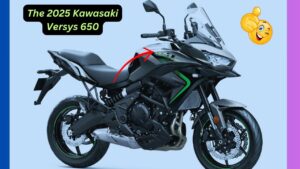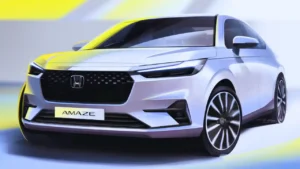There was a time in India when motorcycles weren’t about digital dashboards, fuel injection, or alloy wheels. They were about rugged metal, mechanical thump, and a bond that lasted a lifetime. Royal Enfield, the iconic brand that symbolizes durability and legacy, has had an unforgettable journey — and if we rewind the clock to 1980, it’s clear just how far we’ve come.
In this article, we take a nostalgic ride back to the 1980s, when a Royal Enfield motorcycle was not only a symbol of pride but also shockingly affordable by today’s standards. Let’s rediscover the Royal Enfield prices from 1980, understand the biking culture of that era, and reflect on how this legendary brand evolved over the decades.
The Royal Enfield Lineup in 1980 – Simpler Times, Stronger Machines
The 1980s were marked by simplicity. Royal Enfield, back then, was focused on raw performance, rugged build, and unmatched road presence. There weren’t multiple variants, no GT, no Hunter, no Meteor. It was all about Bullet 350 and its military-grade reputation.
Some key models that were either sold or in limited circulation during this time include:
- Bullet 350 Standard
- Bullet 500 (limited export models)
- Enfield Sherpa (for shorter riders)
- Mini Bullet 200 (rare variants)
The design was minimal—metal body, round headlamp, single-pod analog speedometer, and that signature dug-dug exhaust note. The bikes came with kick-start only, drum brakes, and simple suspension setups. But despite the absence of tech, they delivered pure motorcycling joy.
How Much Did a Royal Enfield Cost in 1980?
Now comes the most jaw-dropping part of this ride down memory lane — the prices.
Royal Enfield 1980 Price List (Approximate, as per historical records):
| Model Name | Price in 1980 (INR) | Key Notes |
|---|---|---|
| Bullet 350 | ₹8,500 – ₹10,000 | Flagship model, kick-start only |
| Mini Bullet 200 | ₹6,800 – ₹7,200 | Compact version, lower cc |
| Sherpa 175 | ₹5,900 – ₹6,200 | Lightweight frame, ideal for cities |
| Bullet 500 Export | ₹11,000+ (Export use) | Rare and powerful, limited units |
Yes, a brand-new Bullet 350 in 1980 could be purchased for under ₹10,000! In comparison, today the same model (modernized) starts at around ₹1.50 lakh and can go up to ₹2.20 lakh, depending on variant and state.
The price increase reflects the addition of modern technology, improved manufacturing, global safety norms, and premium finishes. But the emotional value of the 1980 version remains priceless.
What Made Royal Enfield Special in the 1980s?
Royal Enfield wasn’t just another motorcycle company — it was a brand that resonated with the armed forces, rural India, and loyal riders. In the absence of lightweight scooters and commuter bikes, the Bullet stood tall as a reliable, go-anywhere machine.
Key Traits of 1980s Enfield Bikes:
- All-metal construction: No plastics, no fancy body kits—just solid metal.
- Thumping exhaust: A deep note that could be heard from streets away.
- Low-end torque: Perfect for rough terrains, hills, and villages.
- High fuel consumption: Mileage was secondary; performance came first.
- Mechanical simplicity: Easy to repair, even in remote areas.
It was not uncommon to see a Bullet being ridden across states, with minimal luggage and total confidence. Many of those bikes are still running today — a testament to their longevity.
Rider Culture in the 1980s – More Bond, Less Speed
Today’s biking culture is about torque figures, connected apps, and top speed. But in the 1980s, riding a Bullet meant you belonged to a close-knit community. Riders waved at each other on highways. Long-distance rides were rare and adventurous, often spanning days, with no Google Maps or fuel indicators.
A few lifestyle traits from 1980s riders:
- Wearing khaki or leather jackets, sometimes military issue
- Grease-stained toolkits always kept in the side box
- Carrying a helmet was optional — though turbans were commonly seen
- Using kerosene or petrol mixture in emergencies to fuel the bike
- Bullet riders were seen as gentle giants—quiet, powerful, respected
This cultural nostalgia is what Royal Enfield banks on even today. Every campaign, every bike design, still carries a whisper of the 1980s DNA.
Royal Enfield’s Journey Since Then – From 1980 to 2025
After its humble pricing and minimal variants in the ’80s, Royal Enfield faced many challenges in the ’90s and early 2000s. Competition, lack of innovation, and changing emission laws made it struggle. But post-2010, a complete transformation began.
Today in 2025:
- Over 10+ modern models including Classic 350, Meteor, Hunter, Bullet, Super Meteor
- Engine options from 350cc to 650cc
- Features like ABS, digital consoles, tripper navigation, fuel injection
- Global exports to over 60+ countries
- Dedicated riding clubs, events like Rider Mania, Himalayan Odyssey
Despite all the tech and modern features, the soul remains the same. A Royal Enfield is still about connection, not competition.
Why We Still Love 1980’s Bullet
Ask any vintage bike lover, and they’ll tell you—today’s bikes may be more refined, but nothing matches the raw charm of the 1980 Bullet. That weighty kick, that unpredictable idle, that majestic stance—it was more than a machine, it was an identity.
Those who still own an original 1980s Bullet refuse to sell it, because it carries memories. In an era before internet and smartphones, that bike was the ultimate adventure machine.
Final Words
The 1980s were simpler times, and Royal Enfield motorcycles symbolized strength, durability, and brotherhood. With prices under ₹10,000, these machines gave birth to a riding culture that still echoes today.
As we celebrate modern technology and evolving designs, it’s worth taking a moment to respect the heritage that brought us here. The roar of the 1980 Bullet may have faded from the streets, but it still lives in the hearts of millions.
Disclaimer: The historical price data and specs mentioned in this article are based on public archives and enthusiast records. Actual prices may vary slightly depending on state, dealership, and variant during that period.


